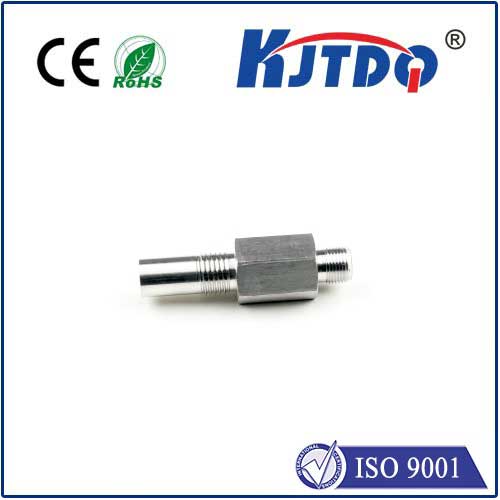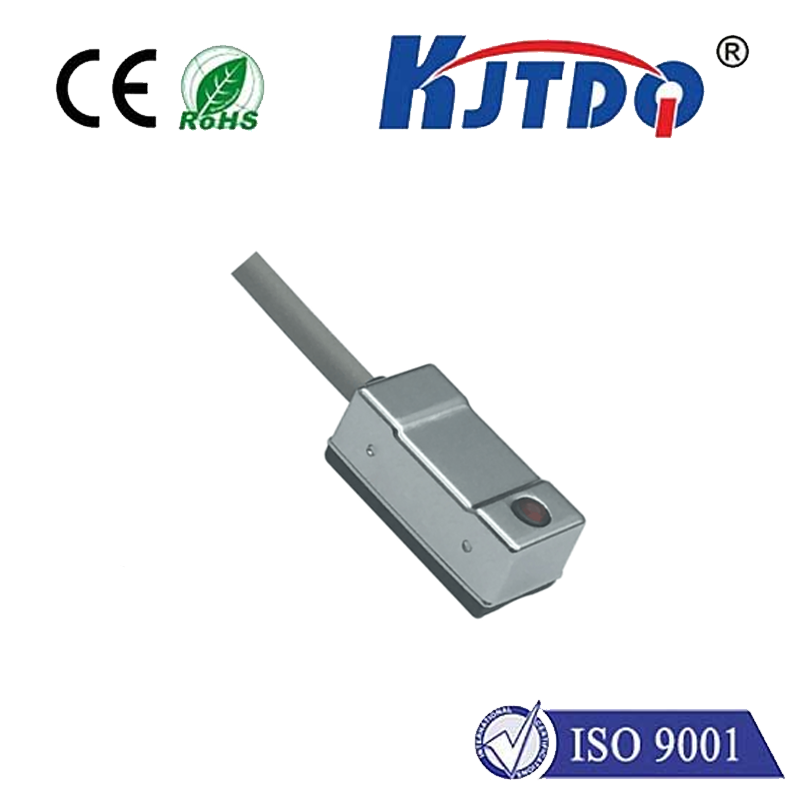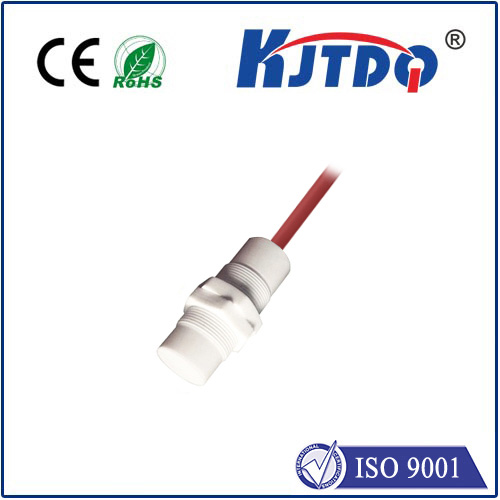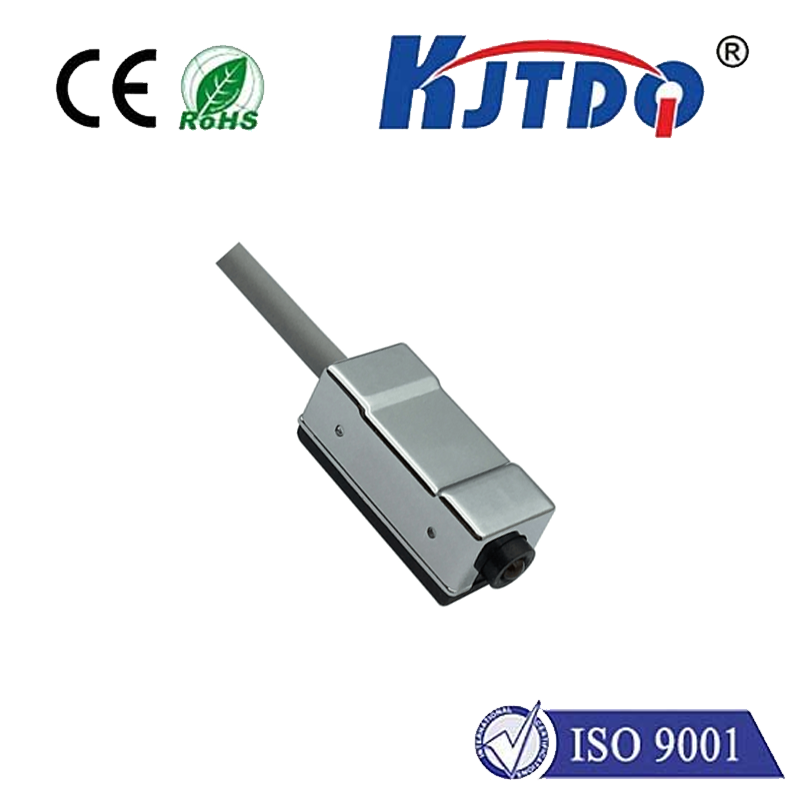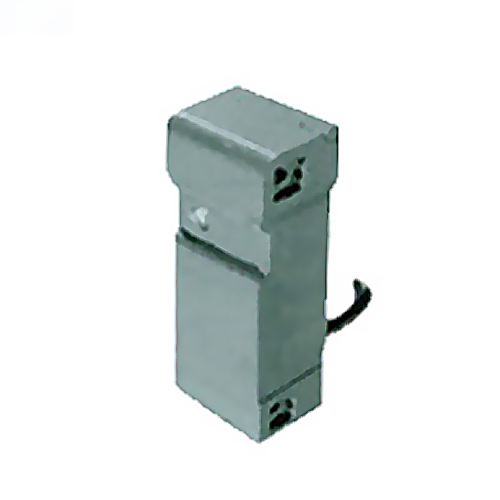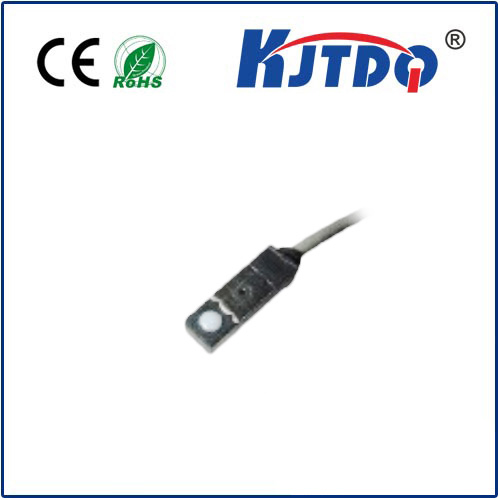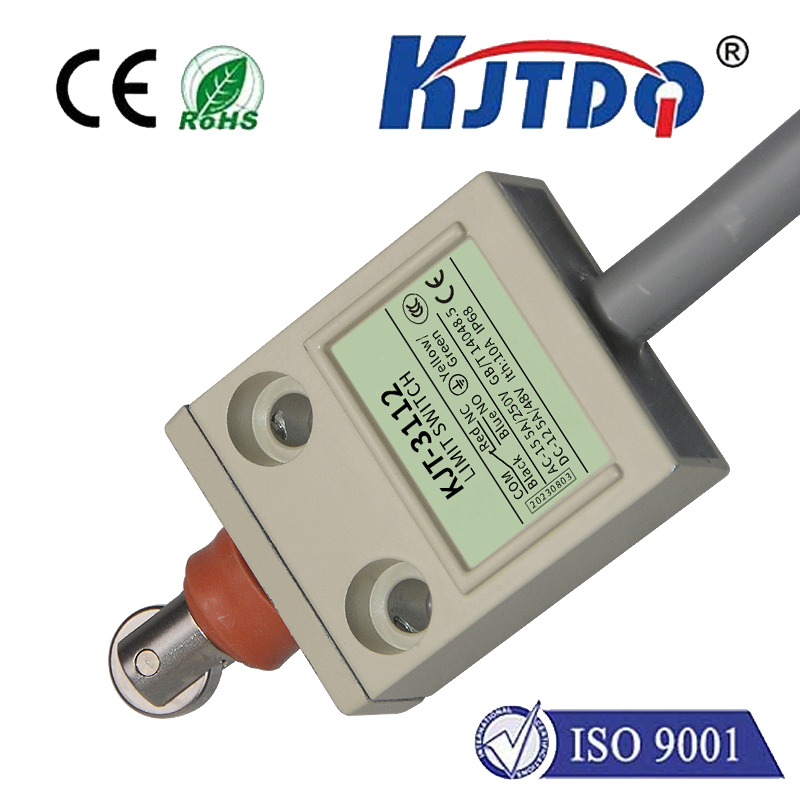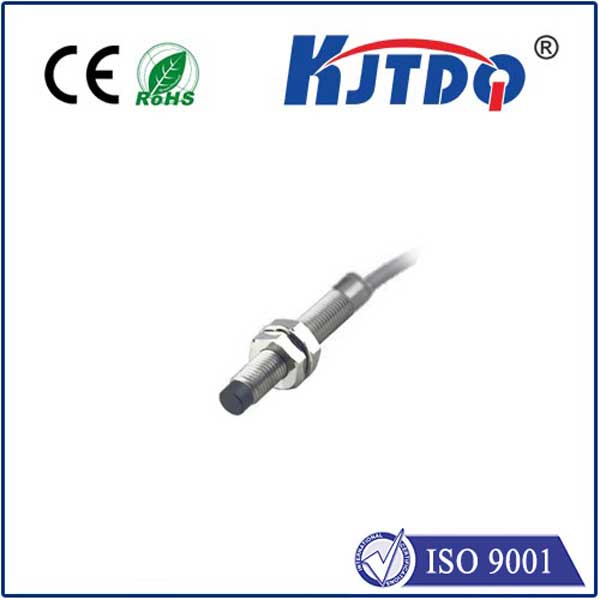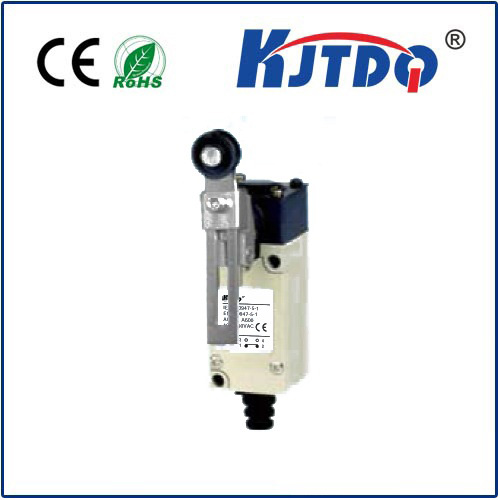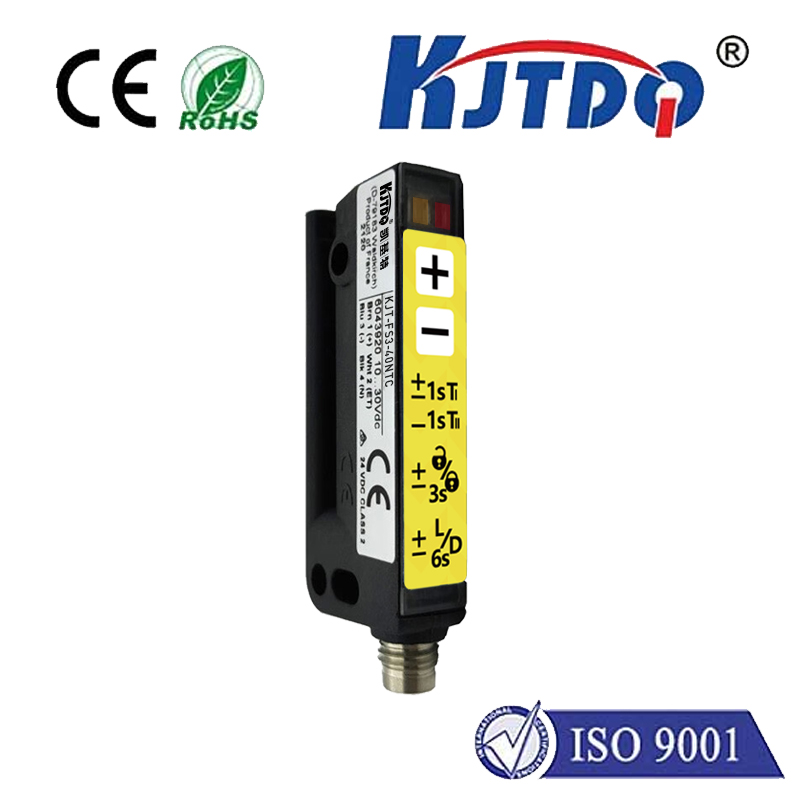Unlocking the Potential of VL53L0X for Long-Range Applications In the ever-evolving world of sensor technology, the VL53L0X has emerged as a game-changer, particularly for applications requiring precise long-range measurements. This time-of-flight (ToF) laser-ranging sensor, developed by STMicroelectronics, has redefined the boundaries of what compact sensors can achieve. Whether you’re designing autonomous robots, drones, or smart home devices, the VL53L0X offers unparalleled accuracy and reliability. But what makes it stand out in the crowded sensor market, and how can it be optimized for long-range applications? Let’s dive in.
The VL53L0X is a miniature ToF sensor that measures distance by emitting a laser beam and calculating the time it takes for the light to reflect off an object and return to the sensor. Unlike traditional infrared sensors, it operates on a 940nm wavelength, making it immune to ambient light interference. With a measuring range of up to 2 meters, it has become a popular choice for short- to medium-range applications. However, the real intrigue lies in its potential for long-range applications. While the sensor’s official specifications cap its range at 2 meters, creative engineering and advanced algorithms have pushed this boundary further. By leveraging its high precision and low power consumption, developers are unlocking new possibilities for the VL53L0X in fields like industrial automation, automotive safety, and more.
Before diving into solutions, it’s essential to understand the challenges of using the VL53L0X for long-range measurements. Signal attenuation is the primary hurdle. As the distance increases, the reflected laser beam weakens, making it harder for the sensor to detect. Additionally, environmental factors like dust, fog, or reflective surfaces can further complicate measurements. Despite these challenges, the VL53L0X’s advanced architecture provides a solid foundation for overcoming them. Its SPAD (Single Photon Avalanche Diode) detector and VCSEL (Vertical Cavity Surface Emitting Laser) emitter are engineered for high sensitivity, ensuring reliable performance even in less-than-ideal conditions.
To extend the VL53L0X’s range beyond its default capabilities, developers can employ several strategies:

One of the most effective ways to improve range is by boosting the sensor’s signal strength. This can be achieved by using a lens or optical filter to focus the laser beam, reducing dispersion and increasing the intensity of the reflected light. Additionally, adjusting the sensor’s pulse timing can help optimize its performance for longer distances.
Calibration is critical for maximizing the VL53L0X’s accuracy. By fine-tuning the sensor’s internal parameters, developers can minimize errors caused by environmental factors. For instance, implementing temperature compensation algorithms ensures consistent performance across varying conditions.
In some cases, combining multiple VL53L0X sensors can provide a more comprehensive solution. By arranging sensors in an array, developers can cover a wider area and improve measurement reliability. This approach is particularly useful in applications like obstacle detection for autonomous vehicles.
Artificial intelligence (AI) and machine learning (ML) are revolutionizing sensor technology. By integrating the VL53L0X with AI algorithms, developers can enhance its ability to interpret complex data. For example, ML models can be trained to filter out noise and improve the accuracy of long-range measurements.
The VL53L0X’s versatility has made it a go-to choice for a wide range of applications. Here are a few examples where its long-range capabilities shine:
In the automotive industry, the VL53L0X is being used for advanced driver-assistance systems (ADAS). Its ability to detect obstacles at longer ranges ensures safer navigation for autonomous vehicles. Similarly, drones equipped with the VL53L0X can maintain stable flight and avoid collisions, even in challenging environments.
In manufacturing settings, the sensor’s precision is invaluable for tasks like object detection and positioning. By extending its range, it can monitor larger areas, improving efficiency and reducing the need for additional sensors.
From robotic vacuums to smart lighting systems, the VL53L0X is transforming the way we interact with our homes. Its long-range capabilities enable devices to map rooms more accurately and respond to user movements with greater precision.
As sensor technology continues to advance, the VL53L0X is poised to play an even more significant role in long-range applications. Innovations in optical design, signal processing, and AI integration will further enhance its capabilities, opening up new possibilities across industries. Moreover, the sensor’s compact size and low power consumption make it an ideal candidate for IoT devices, where efficiency and reliability are paramount. With ongoing research and development, the VL53L0X is set to become a cornerstone of next-generation sensor solutions.
